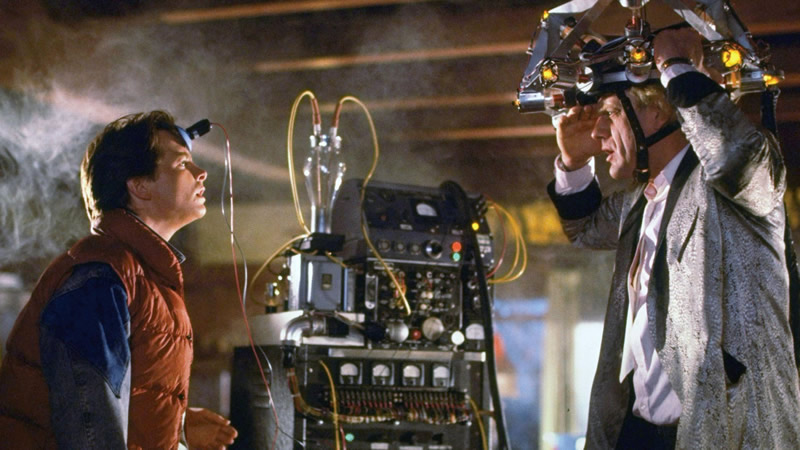We are in October 2015 and although we have no Pepsi Perfect, self-tying shoes or self-drying jackets, some of the predictions made in the classic 1989 film Back to the Future II have become realities of today.
It's true, we are not seeing flying cars across the skies of our cities and we may not be skating around on hover-boards yet, but companies like Lexus and Arx Pax have successfully designed boards which hover over purpose-built surfaces and drones are being used for almost everything.
When a book or a film is placed in a concrete time in the future, something often happens: the future arrives and it isn't at all like the predictions. The world of 1984 wasn't a totalitarian society controlled by an omnipresent Big Brother; the year 2001 passed and there weren’t signals of a colony on the moon, as Kubrick had said; and unfortunately it will take us more than fifteen years to send manned missions to Mars, no matter what The Martian says.
But this eagerness in making predictions is not something exclusive to fiction. The famous magazine Popular Science has, since 1872 (the year of its foundation) proposed scientific and technological advances many of which have been kept in the drawers of the most naive retro-futurism. There was all: cars with atomic engine, family spaceships and winged trains.
The August 1925 issue even published a note about urbanism predicting what would the architecture of cities in a faraway 1950 be like: The Wonder City You May Live To See. Colossal cities with skyscrapers over 2500 ft with several floors of parking in the basement, railways and automotive furrowing the ground, interconnected highways in knots of several levels and even a smart transport system for personal deliveries. Something totally absurd...or isn’t it?
Indeed, as FastCo points out in this issue of the Popular Science magazine, the then-president of the Architectural League of New York, Harvey W. Corbett, not only made uncannily-accurate forecasts of today’s cities, but he had also some design ideas which are finally beginning to become real. The highways are exactly equal to those anticipated in the report, the train and subway networks circulate daily our subsurface, underground car parks occupy several plants under streets and buildings, and we have skyscrapers over 1500 ft. In fact, the Burj Khalifa in Dubai reaches the half-mile scheduled for Corbett.
As you can see in the pics, to separate men from the traffic was a common concern among architects and urban planners of the first third of the 20 century, however the years have passed and, except for some specific actions as the Big Dig in Boston, cities remain at the mercy of the cars. And although we can't even move with flying skateboards, it is true that it bicycles are beginning to be considered as a valid mean of transportation. In fact, few years ago, the University of Michigan developed a revealing study: in the last three decades, the number of Americans over 18 with driving license has fallen by 25%, from 80,4 to 60,7. In other words, when Back To The Future was released (in the movie roads are shifted directly in the air), 8 out of 10 young Americans had driver's license; there are now 40% of young people of the same age who neither need nor want a car. It is even possible that, with the advent of driverless cars that are already beginning to circulate, the driving pleasure could be replaced for the pleasure of enjoy the cities in a different way. Definitely Internet of Things is helping us to that matter.
Is still incredibly impressive that, being released in 1989, Back to the Future Part II predicted a lot of stuff that is now readily available, even taken for granted today. Ok, most of us don't use it to get into our house as in the movie, but thumbprints recognition is now a major part of many people's lives, and some of the tech predictions are quite simply astonishingly accurate: augmented reality, virtual reality, hands-free games, mobile payments, video callings, Intelligent cookers, social networking… and although we’re not wearing self-drying clothing, wearable technology is being used to monitor our health and our lifestyle.
Not bad, huh? ...Meanwhile we must continue to tie the shoelaces by ourselves.

About Edgardo Gamboso
Edgardo is Creative Copywriter with more than 8 years of experience working for different kind of projects and for some of the most important brands as a project leader and creative director.
Nowadays Edgardo is responsible for managing all the communications within TISA Software. Beyond his marketing knowledge and his passion for the technology Edgardo enjoys seeing TV series and doing outdoor sports, mainly riding bike and running.













